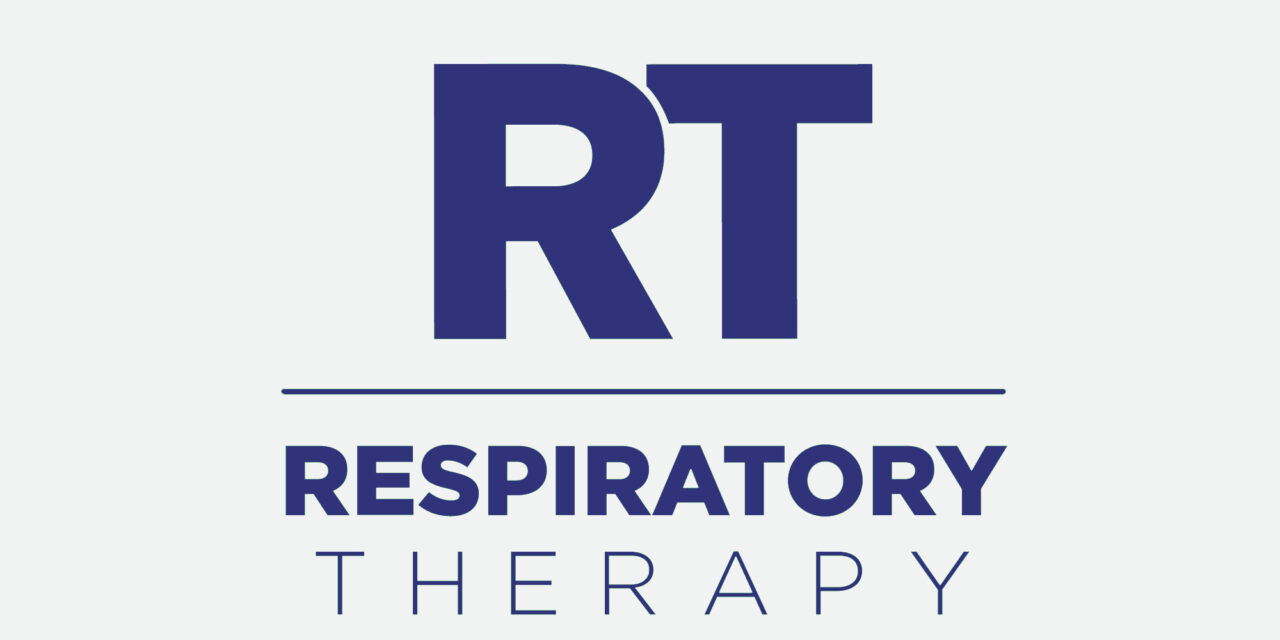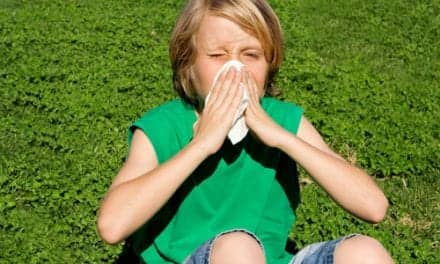After nearly 40 years, the EPA has revised its standards for sulfur dioxide emissions (SO2).
By Marian Benjamin
Nearly everyone is familiar with the acrid stench of sulfur, but most of us do not have to live with the smell day after day. Nor do most individuals suffer the harm done to their lungs by sulfur dioxide (SO2) emitted by power plants burning fossil fuel; metal extracting processes; and locomotives, large ships, and nonroad equipment burning high sulfur-containing fuels. Not so fortunate are people living in communities located near these dirty polluters.

Sulfur dioxide threatens health in many ways: It tightens the airways, which makes it difficult for people with asthma, COPD, and other lung diseases to breathe; and it worsens coughing and wheezing and increases asthma attacks—resulting in emergency department and hospital visits.
In 1971, the Environmental Protection Agency (EPA) attempted to alleviate some of the damage done by setting the first standard for SO2. The agency set a 24-hour primary standard at 140 parts per billion (ppb) and an annual average standard at 30 ppb to protect health. The agency also set a 3-hour average secondary standard at 500 ppb to protect public welfare. Not good enough, according to the American Lung Association (ALA), which, along with other groups, has been fighting with the EPA for years to strengthen the standards.
Now at last, after nearly 40 years, the EPA has revised its standards. For the first time, according to the ALA, the standard “promises real protection to the people who have breathed these fumes for far too long.”
What are the new standards? EPA is setting the 1-hour SO2 standard at 75 ppb, a level that will protect against short-term exposure. They have revoked the 24-hour standard because short-term exposures are of the greatest concern, and the agency claims that the existing standards would not provide additional health benefits. The EPA is also changing the monitoring guidelines for SO2, which will require monitors to be placed in highly populated areas, and any new monitors that this requires will have to be in place by January 1, 2013. The new rule also changes the Air Quality Index to reflect the revised SO2 standard. The EPA estimates that the new standards will prevent 2,300 to 5,900 premature deaths and 54,000 asthma attacks each year and that the health benefits will range from $13 billion to $33 billion annually.
This is great news for people with respiratory problems and for those who care for them. Thank you to the ALA and all other groups who stand up and fight for cleaner air and better breathing.
RT
Marian Benjamin is the former editor of RT magazine. For more information, contact [email protected]










